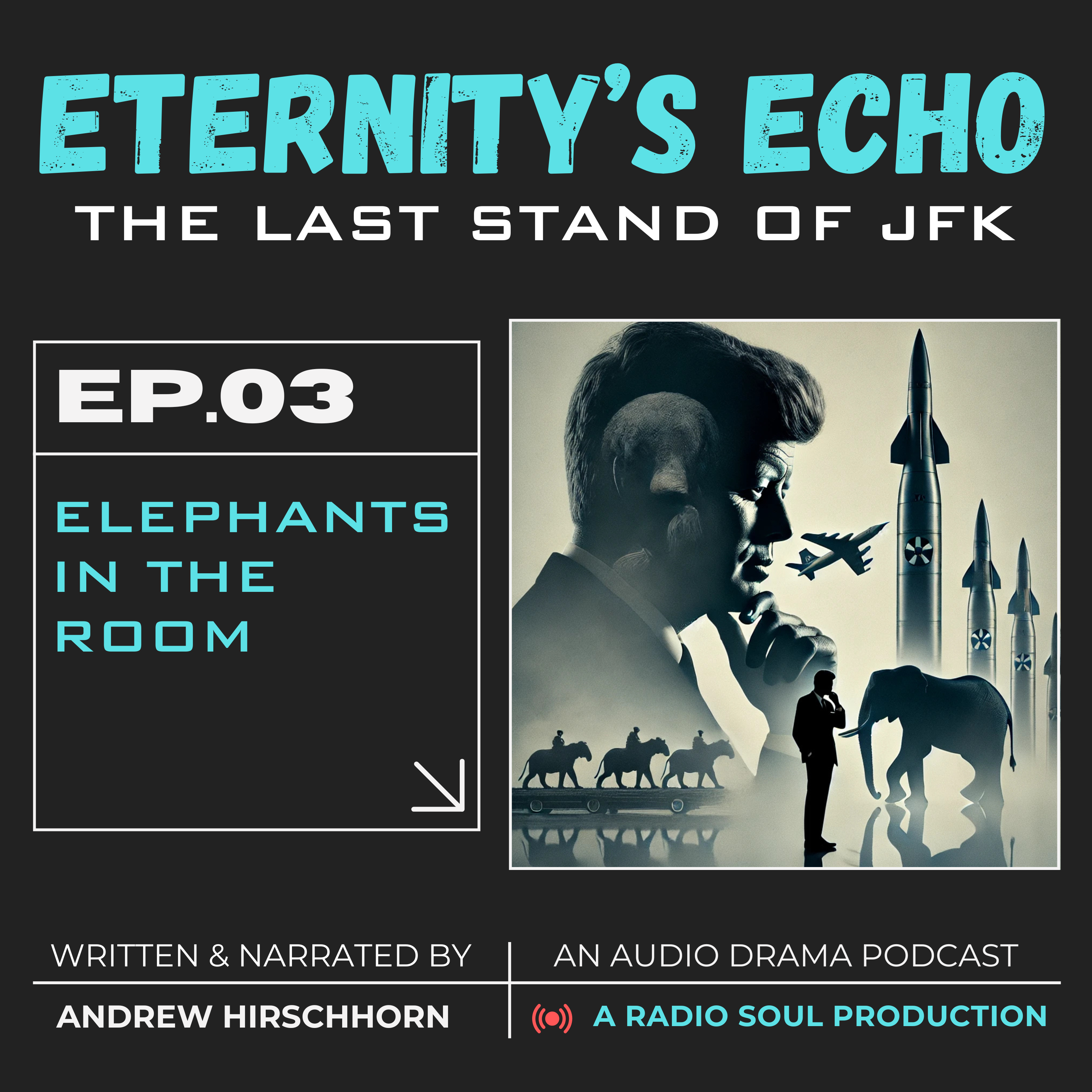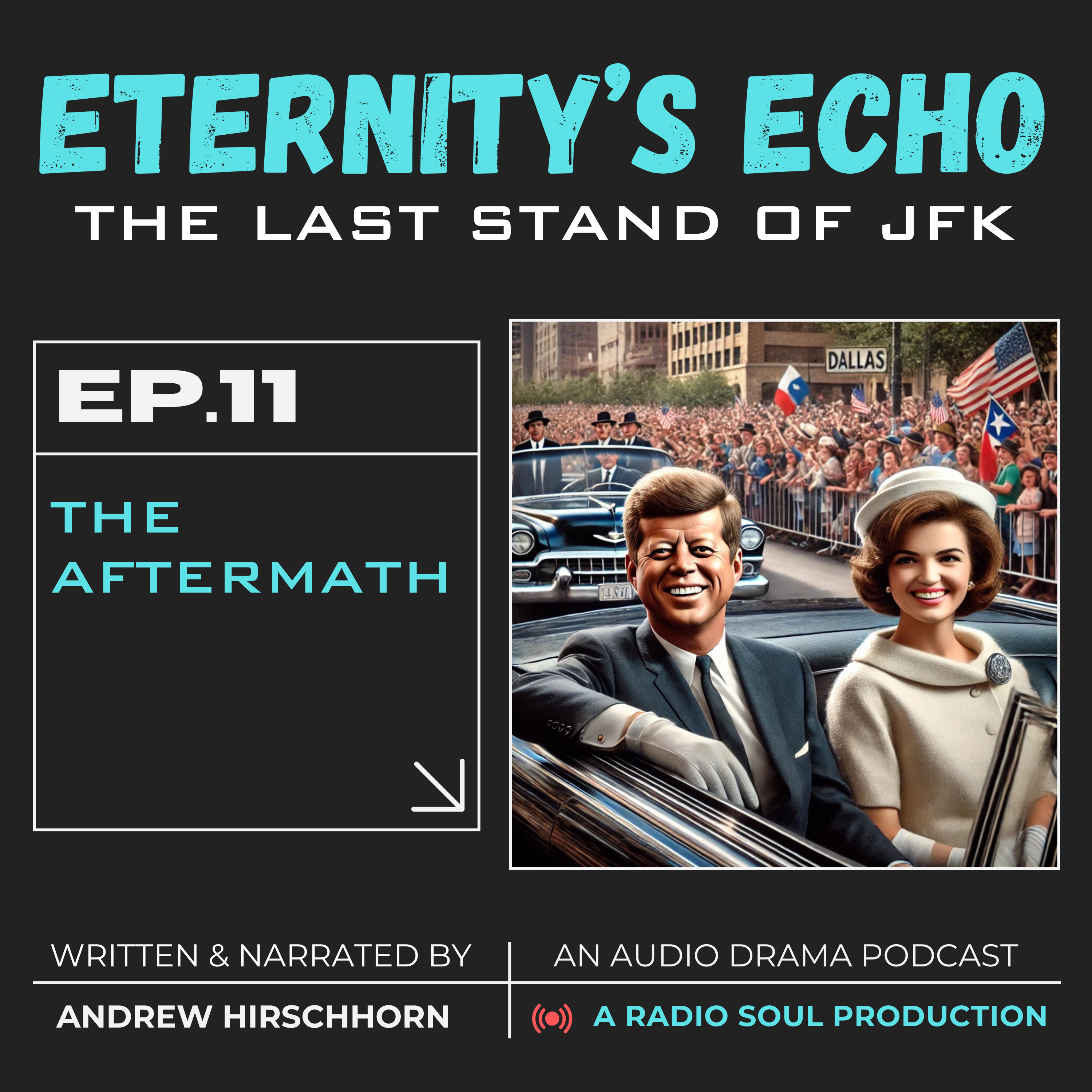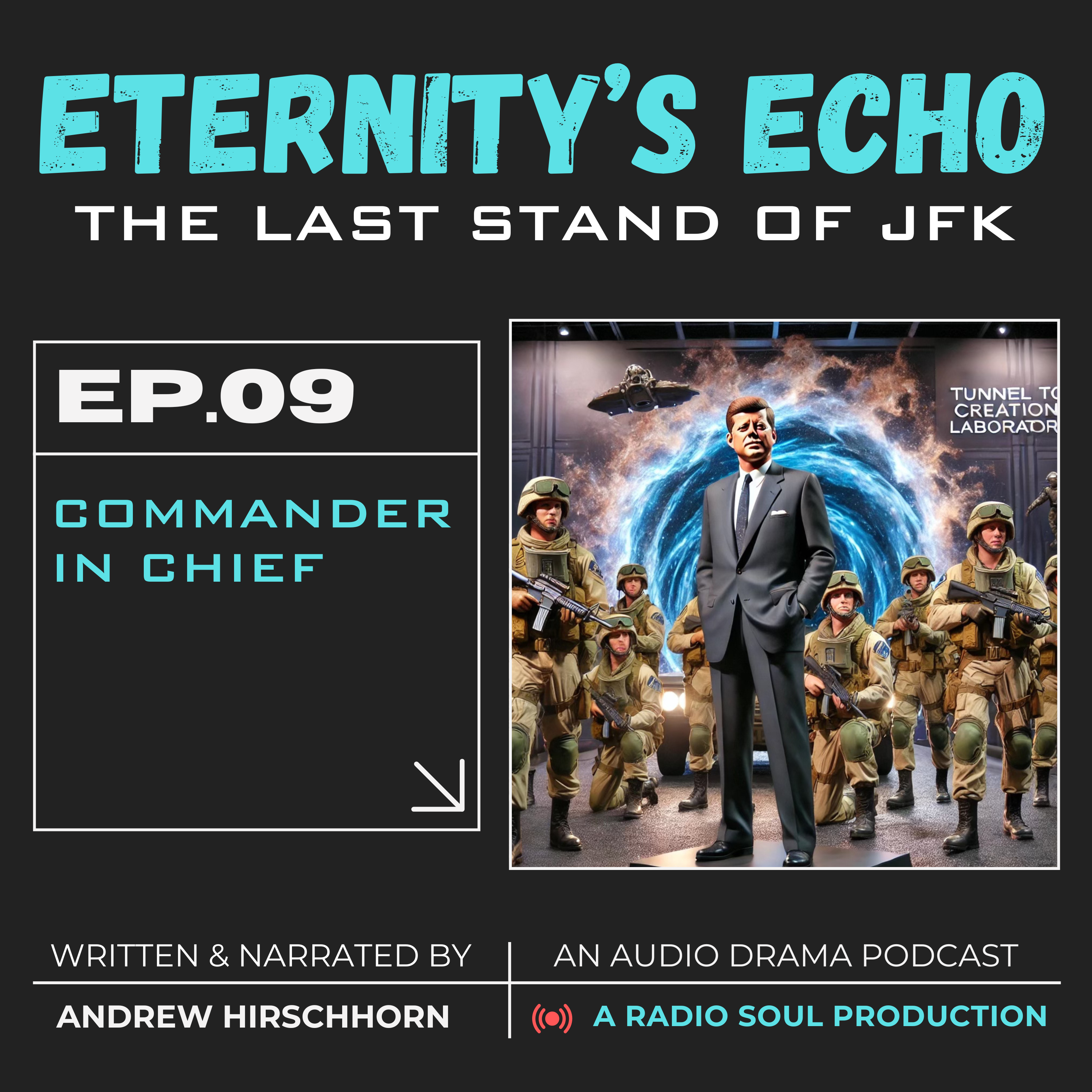The Point of No Return
As the Cuban Missile Crisis deepens, President John F. Kennedy finds himself at odds with his military advisors. In the Oval Office, he meets with the Joint Chiefs of Staff, who push for a decisive first strike to eliminate the Soviet threat in Cuba. They argue that the United States has the upper hand, with enough firepower to destroy the Soviet missile sites and prevent retaliation. The pressure mounts as the generals emphasize the need for swift and decisive action, warning that hesitation could cost the U.S. everything.
Kennedy, however, remains cautious. He challenges the notion of a “winnable” nuclear war, emphasizing the human cost and the dangers of escalation. The conversation grows tense as he rebukes the idea that American lives should be reduced to mere numbers on a page. For JFK, the responsibility to protect lives transcends military strategy. He refuses to be the president who launches the first nuclear strike, recognizing that a misstep could lead to catastrophic global destruction.
Later that evening, Kennedy and his brother, Bobby, consult with Dr. Hugh Everett. In a private and discreet meeting, Everett warns of even greater dangers—should a nuclear war occur, the consequences could ripple across multiple realities, potentially creating rifts in the fabric of existence. Everett explains that a nuclear conflict could not only devastate their world but cause disruption in other realities, leading to unimaginable chaos and even opening gateways to dark, unknown forces.
JFK absorbs the gravity of Everett’s warnings, grappling with the decision before him. Though his military advisors push for immediate action, Kennedy understands that the stakes have now grown far beyond their immediate crisis. A nuclear strike could trigger a chain reaction that threatens not just Earth, but all realities. His resolve strengthens: no first strike, no reckless action. The President must find another path, one that ensures the survival of countless worlds, not just his own.
The next morning, Kennedy meets with his Cabinet to share Everett’s findings. Skepticism and disbelief fill the room, but the weight of the discussion sinks in as the implications become clear. The Cabinet realizes that they may be facing something far worse than a typical

The Weight of Leadership As the Cuban Missile Crisis reaches a critical juncture, President John F. Kennedy retreats to the Lincoln Sitting Room for...

The Hero’s Legacy In Chapter 11, after JFK sacrifices himself to seal the rift, the team grapples with the aftermath. The rift’s hum fades,...

On the Frontlines The team arrives at the Tunnel to Creation, where the rift has already begun to wreak havoc on reality, causing the...